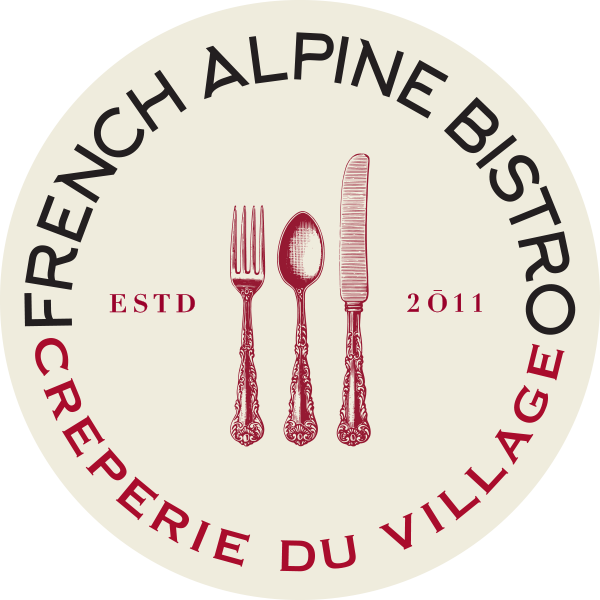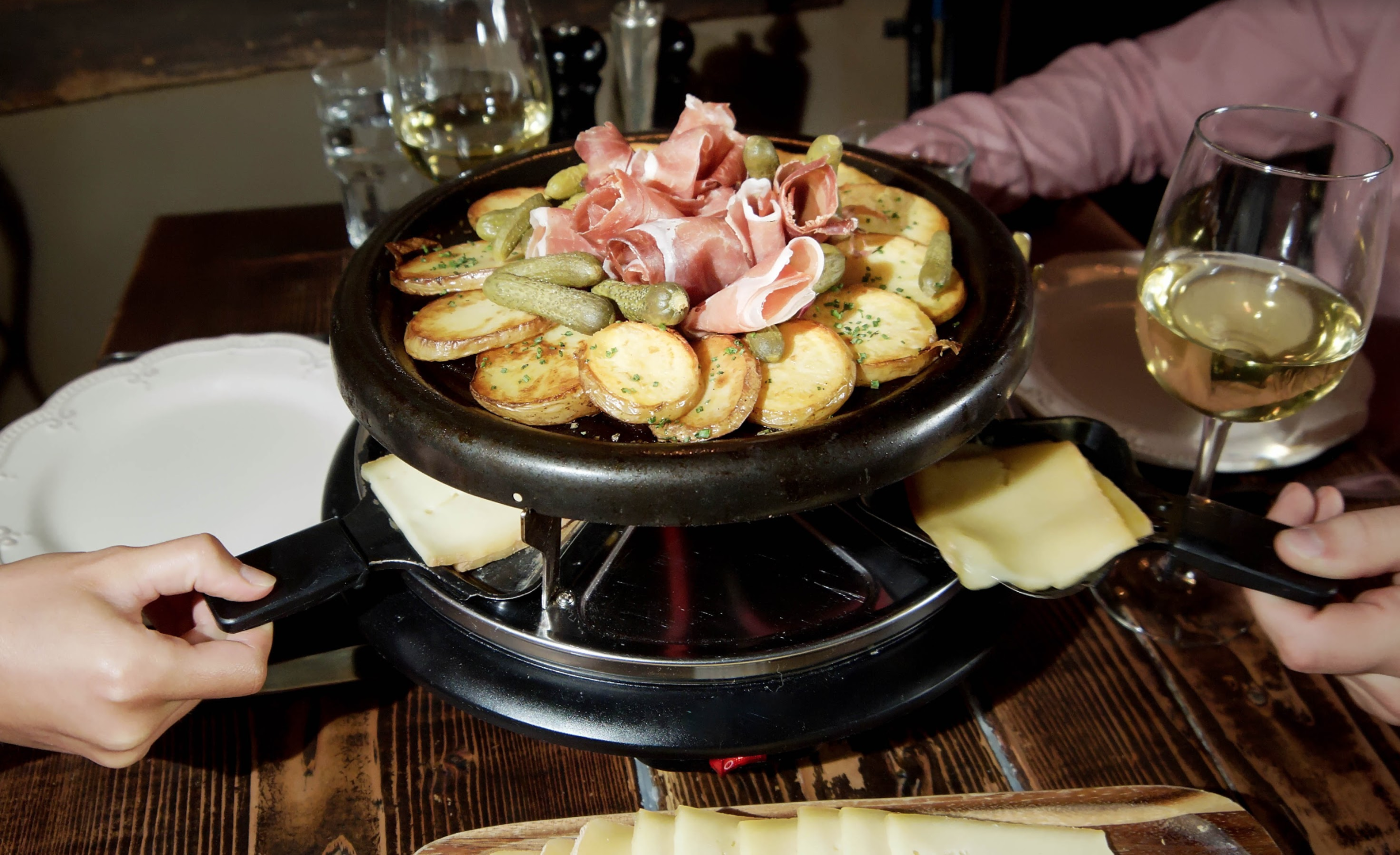Fondue vs. Raclette... Oui to Both!
by S.W. Kirsch
If you mention the word “Fondue” around someone, odds are, he’ll know what you’re talking about. This might also mean that he has flashbacks to fond memories of sitting at a festive table with family and friends, and dipping bread into a heavenly bowl of melted cheese. Ask though, if he’s heard of Fondue’s next-of-kin, “Raclette”, and you might get a blank look.
While both communal food traditions originated in Switzerland, Raclette is the older of the two. First described in medieval texts from Swiss-German convents dating from as early as 1291 A.D., raclette (from French, “racler” = to scrape ) beats its cousin, Fondue, whose documented history dates back to a cookbook from 1699 A.D., by about 500 years.
What is Raclette, even? Well, imagine if you will, a wiry Swiss shepherd, who needed to usher his herd up to the cool alpine region of the Alps to let them graze during the hot summers. What would he eat? It needed to be something that wouldn’t spoil easily, so he'd pack potatoes and then periodically make cheeses from the animals’ milk to go with it. In the evenings, he could leave the cheese near the fire to soften; it’d then soon make the perfect topping for his baked potato. That’s the basis of Raclette.
Now, though, it’s much more varied. Instead of a hot stone near a campfire, there is a grill surface, also called “Raclette”, which is placed above an adjacent heating element. Atop this area, you can cook vegetables to just the right tenderness.
Other ingredients, such as potatoes, sliced onions, or cured meats, are served family-style. Once the vegetables are cooked, underneath the hot stone, there is room for individual trays, which are about the size of the palm of a man’s hand, and can be slid into an optimal heating position. These trays are piled high with delicious meats and vegetables in endless combinations, and then covered with thin slices of Raclette cheese. Since this particular cheese needs to be melted in order to unfold its true potential (in fact, it’s not recommended to eat it raw), within just a few minutes of being near the radiant heat of the stone/grill, it’s melted to perfection. Each guest can then scrape, i.e.- “racler” (French for “to scrape”) the contents onto his/her plate and enjoy the result with a glass of fine wine
Designed for several people to cook at once, these grills offer a unique form of tabletop entertainment, healthy preparation options, and mouth-watering results. Try it yourself, next time you’re in Aspen at the French Alpine Bistro-Creperie du Village. Raclette is only locally available at our restaurant, and is for at least two guests at a time. It is served with roasted sliced potatoes, onions, cornichons, and viande de grison (a thinly-sliced, air-dried beef from a specific region in Switzerland), all of which are topped with Raclette cheese.



